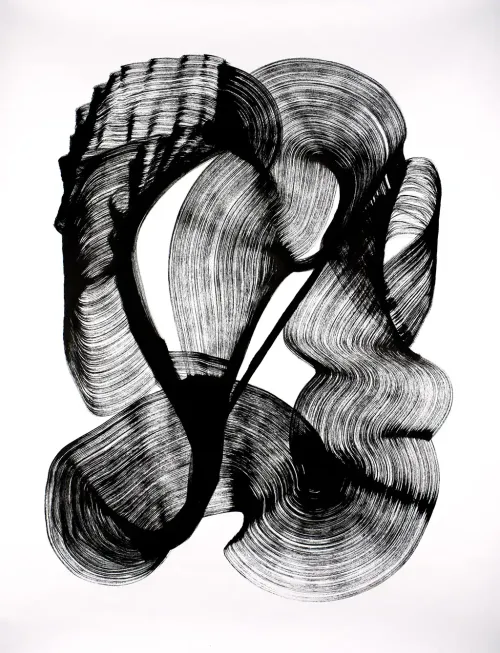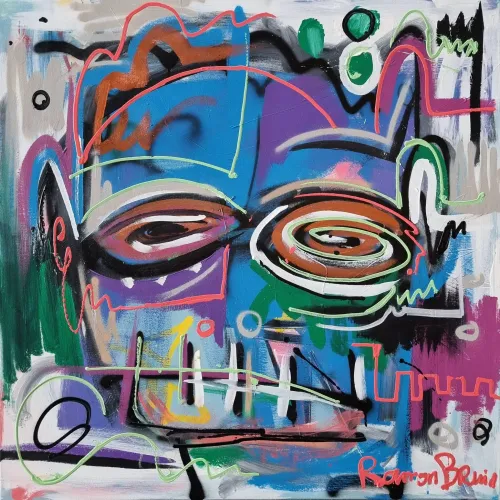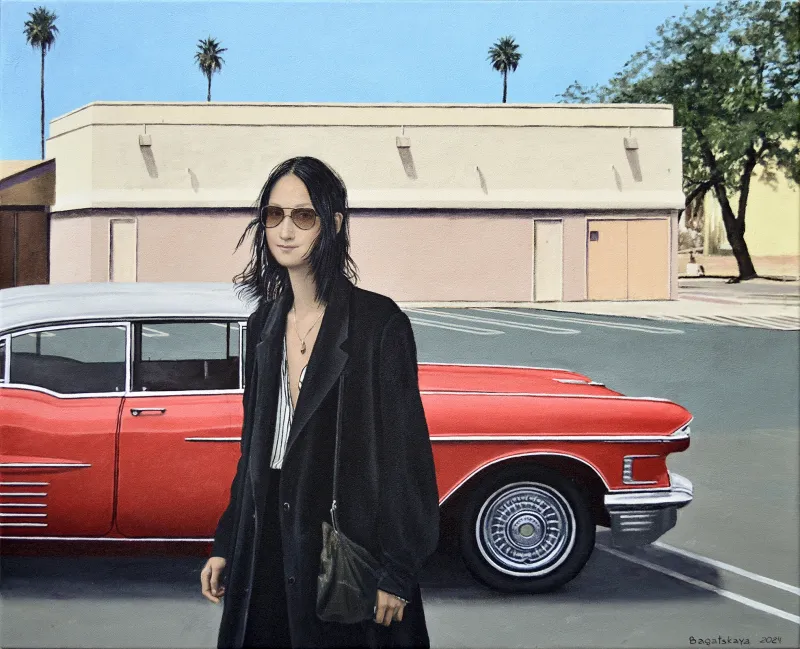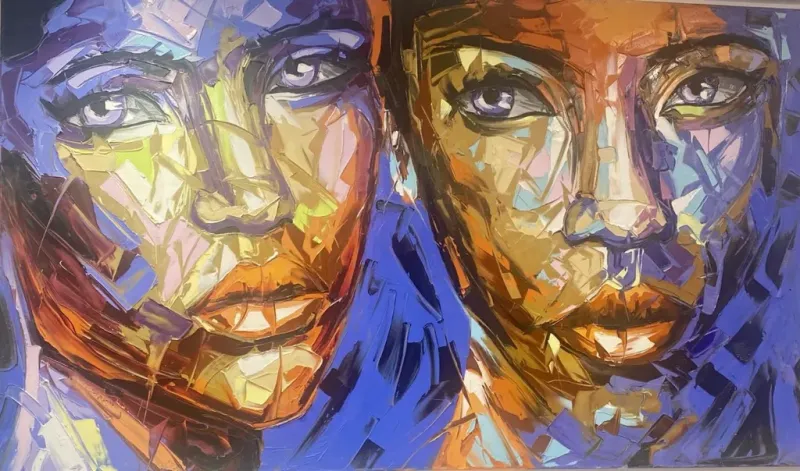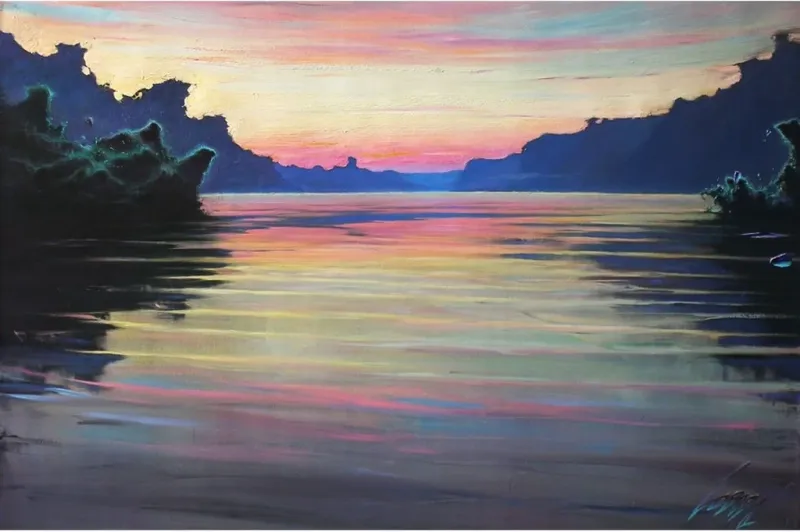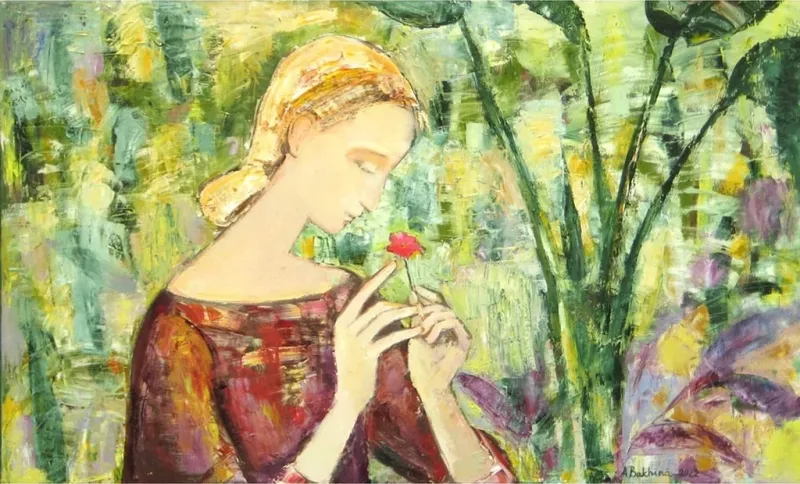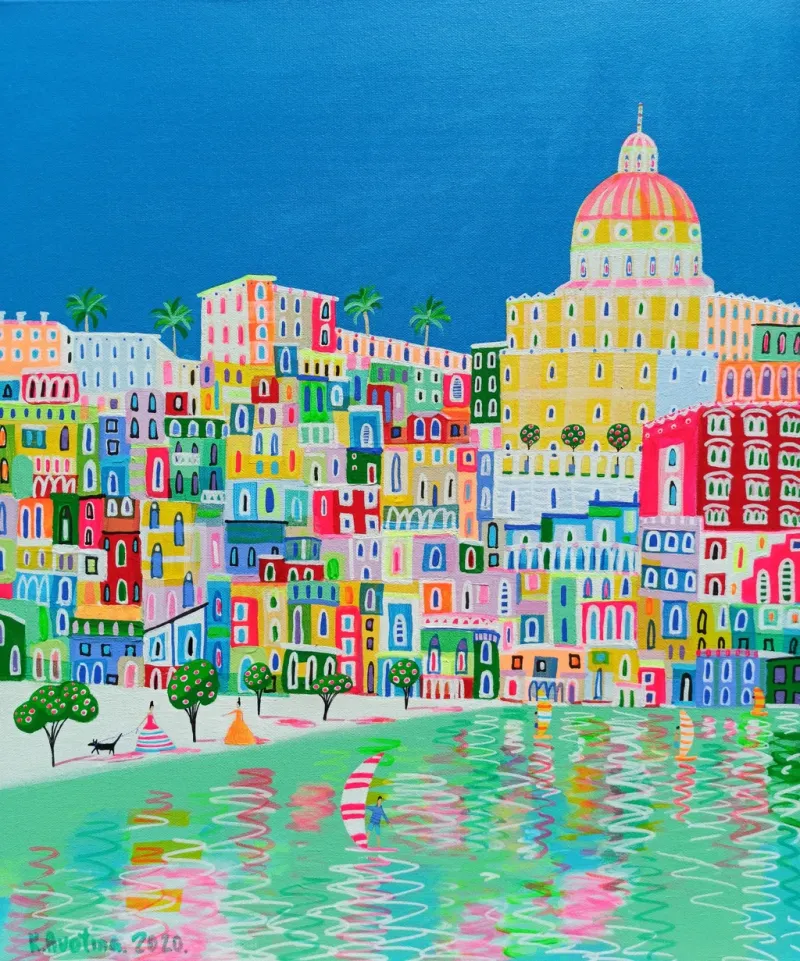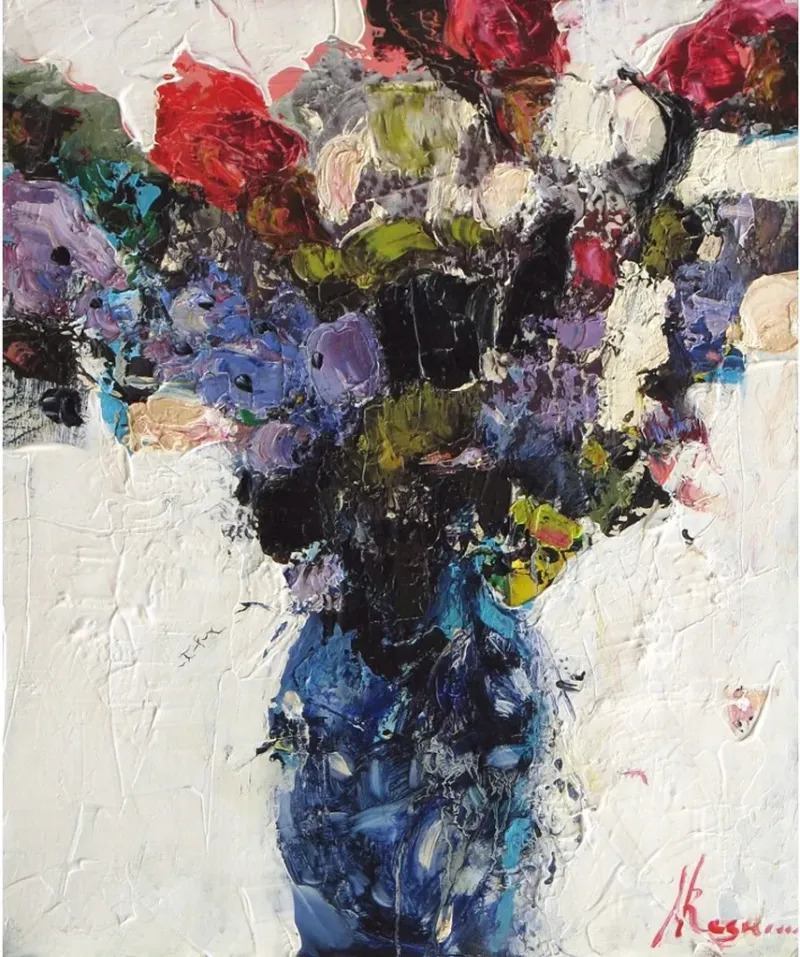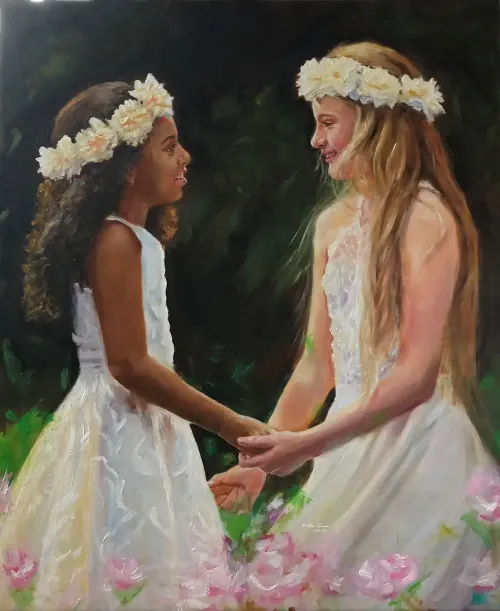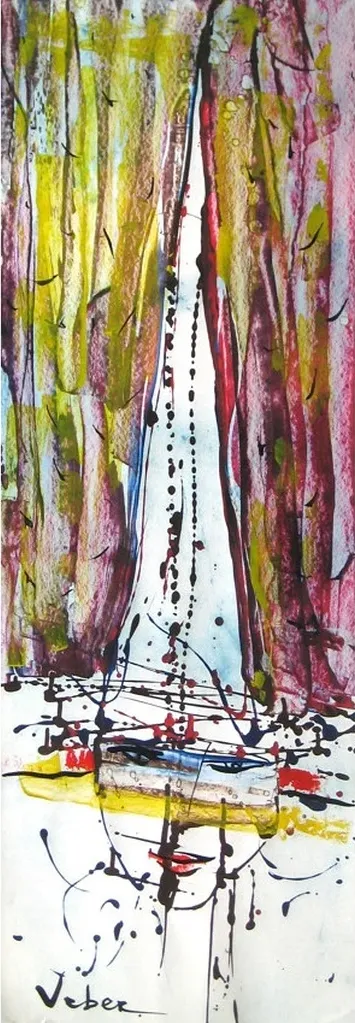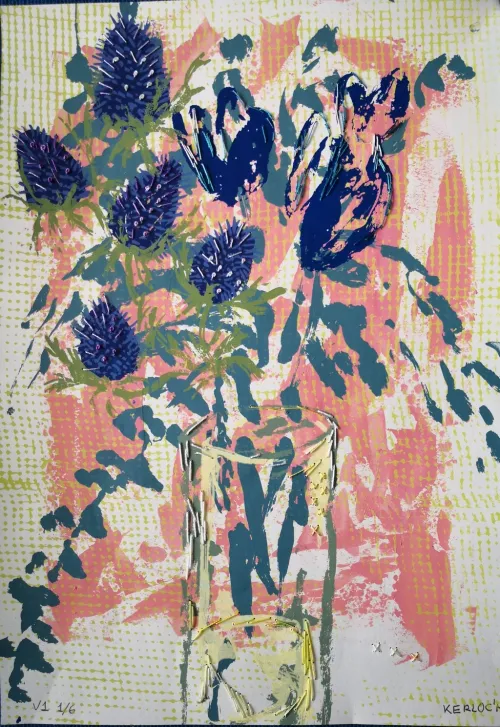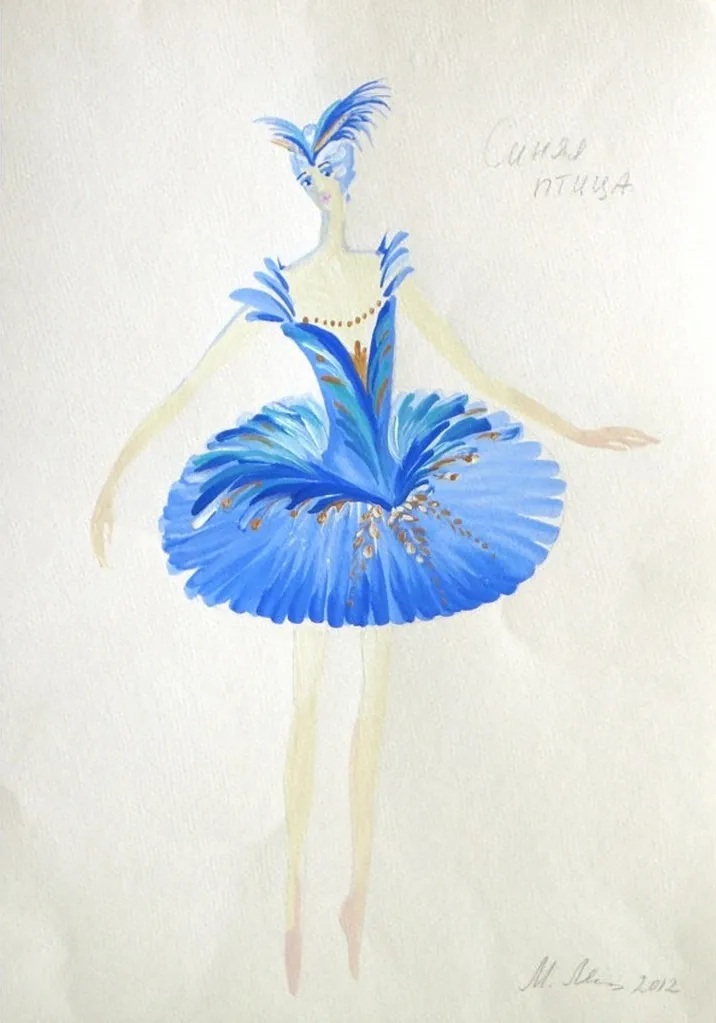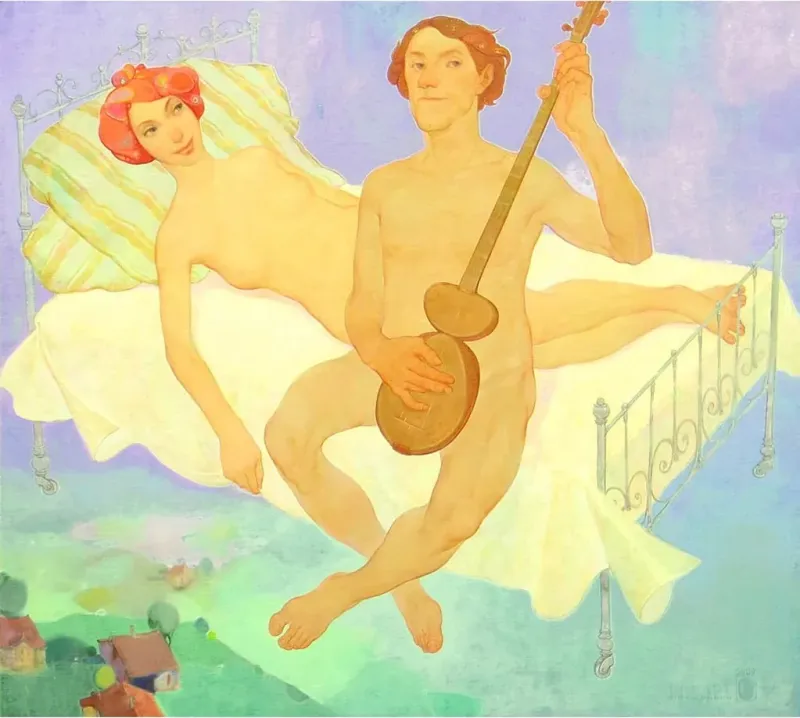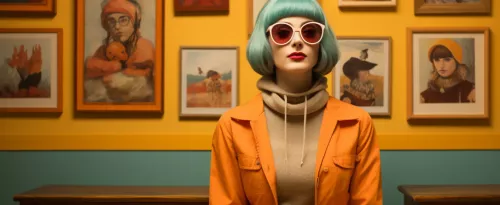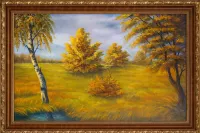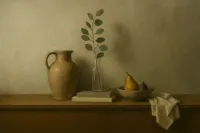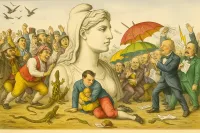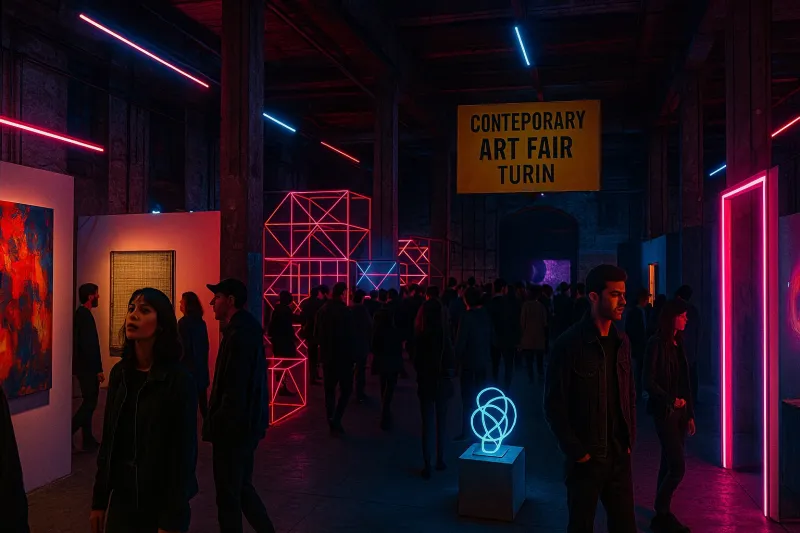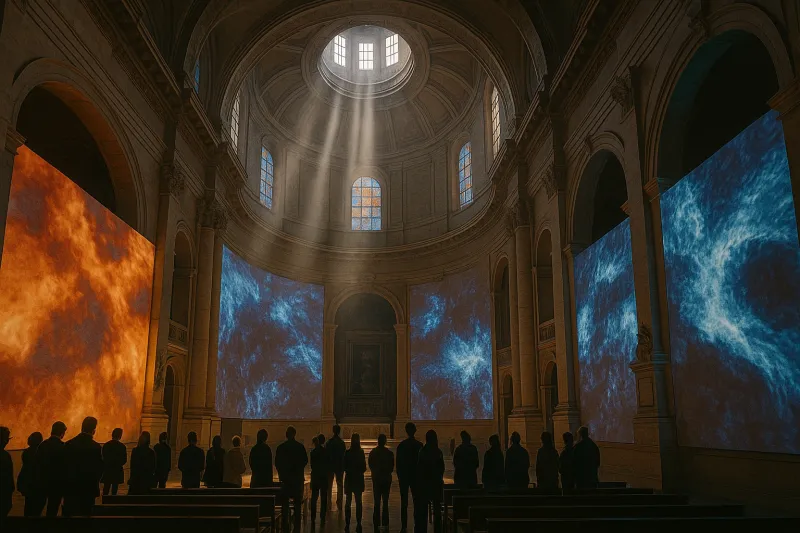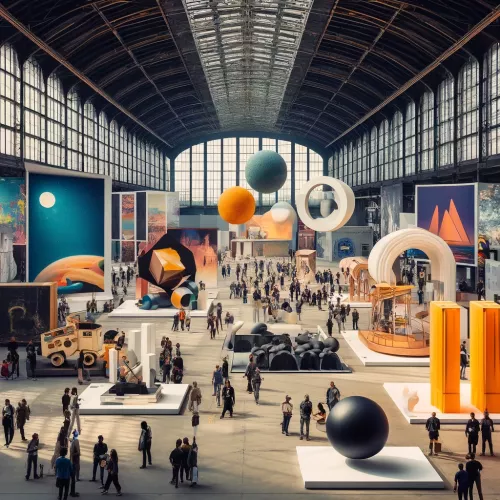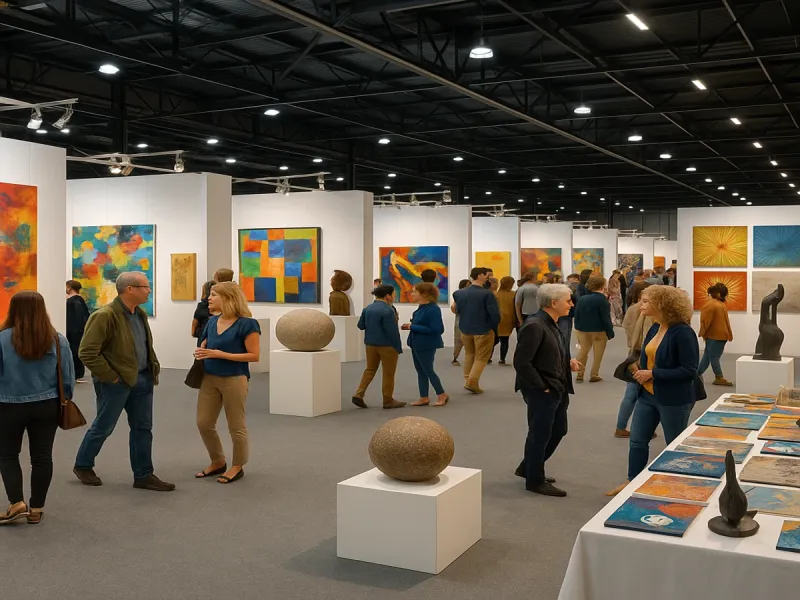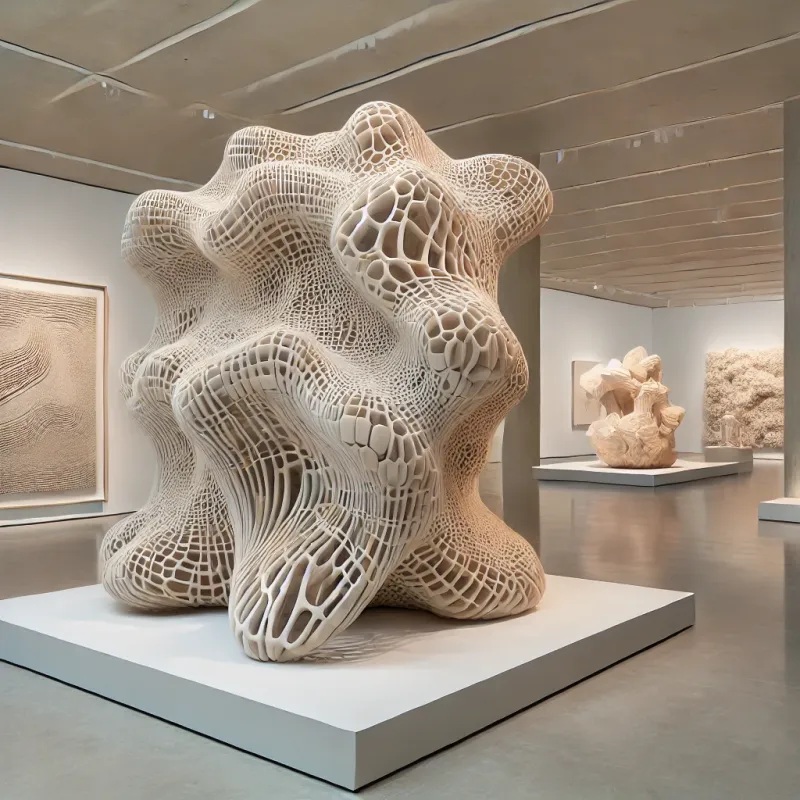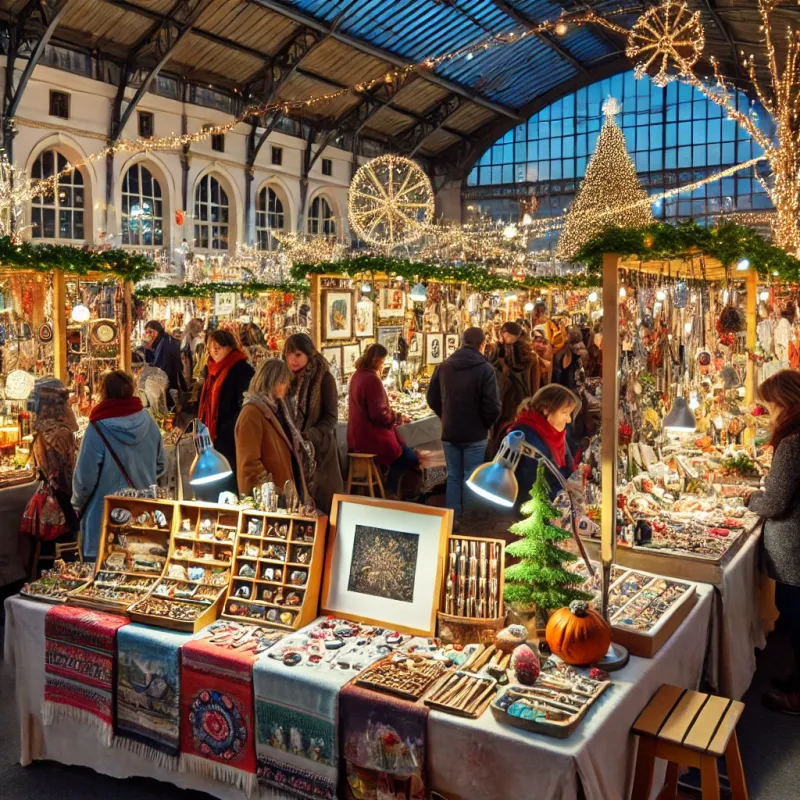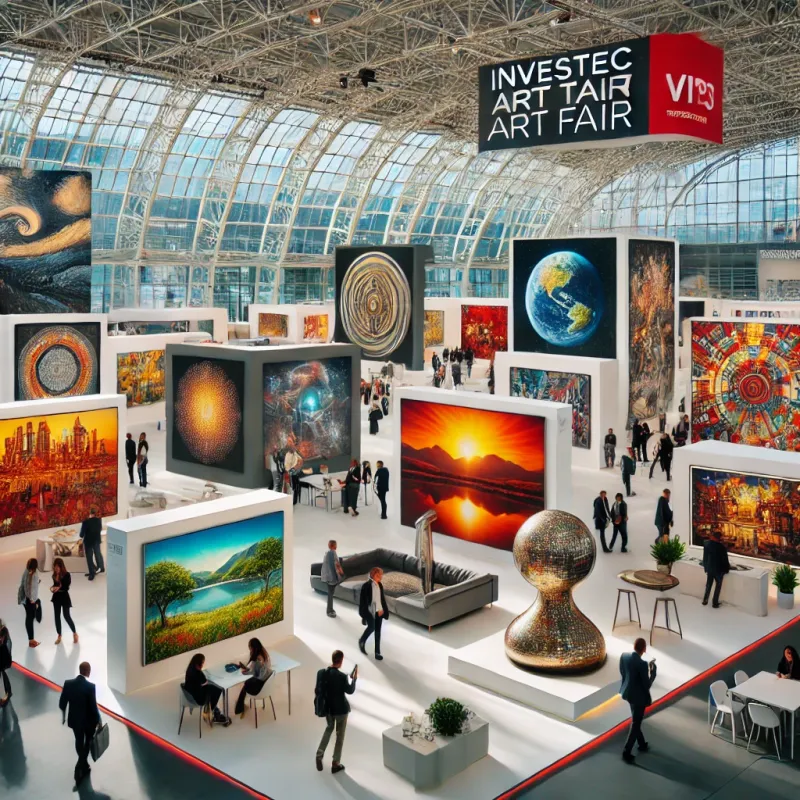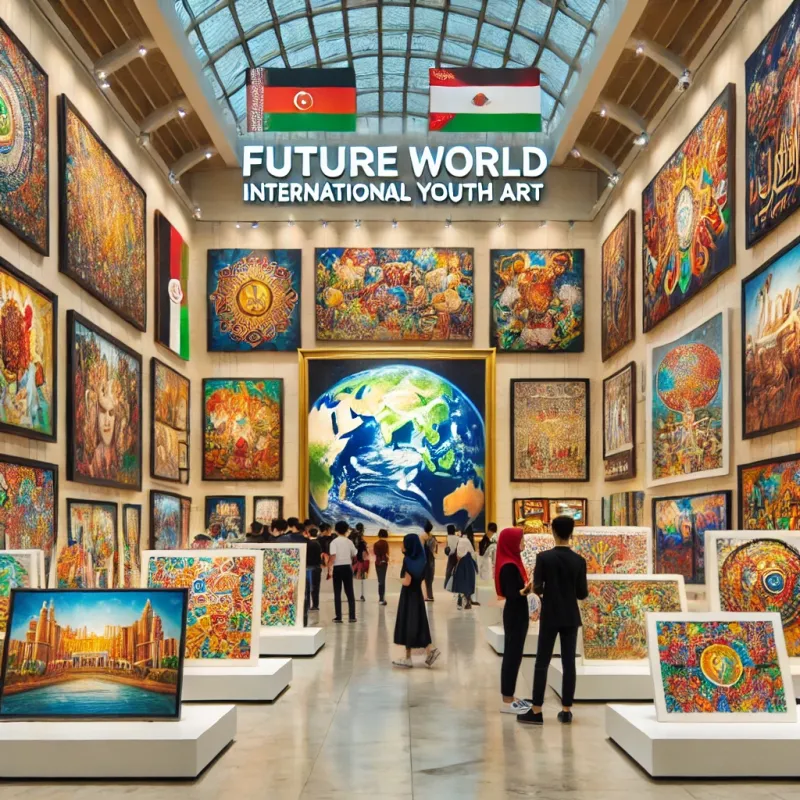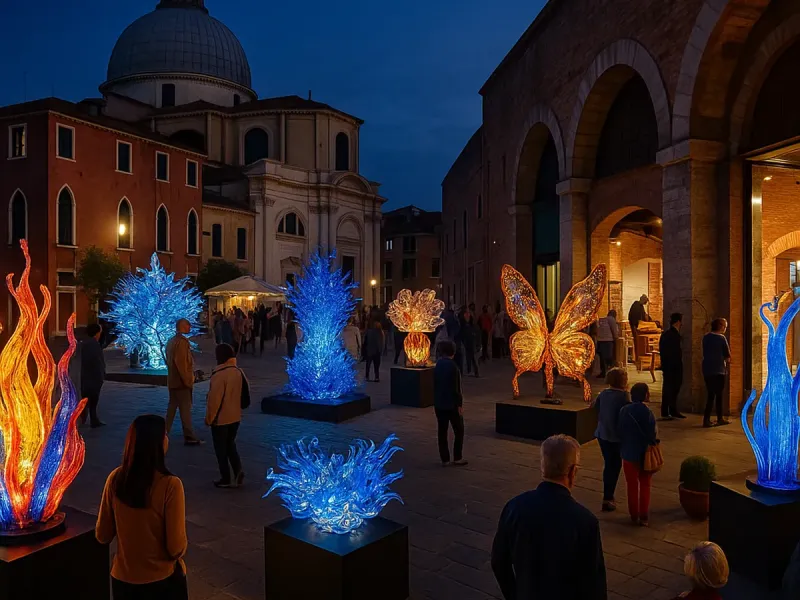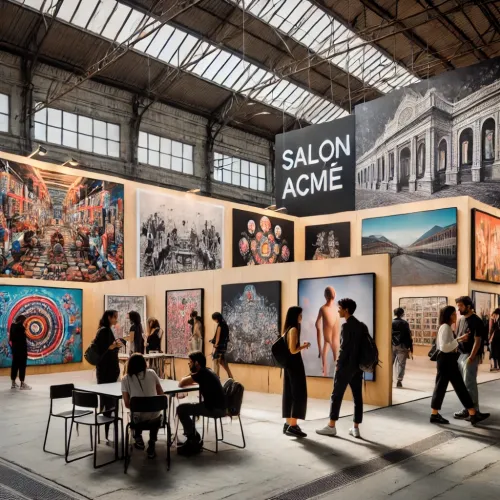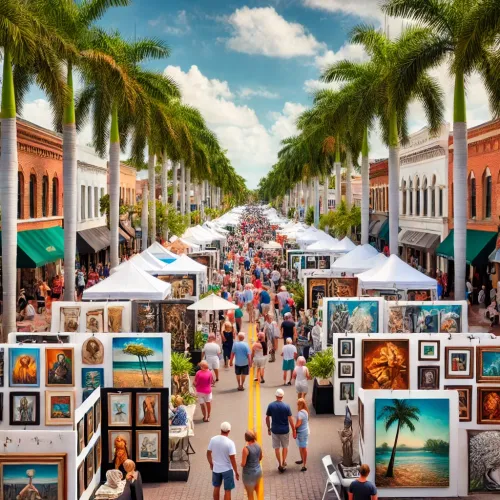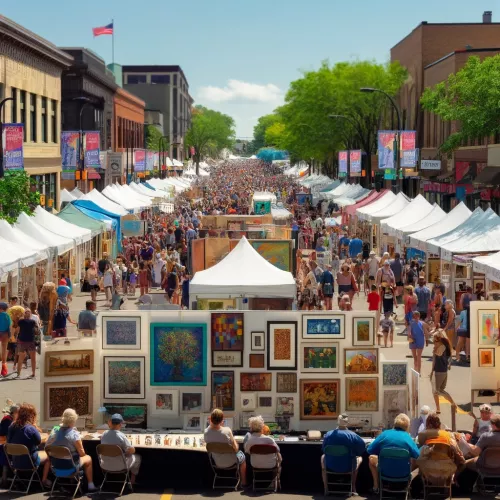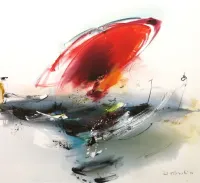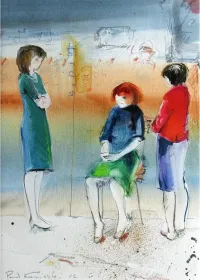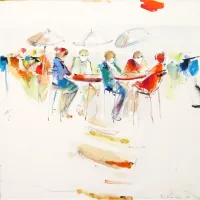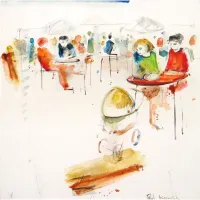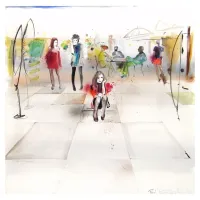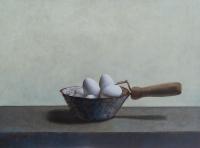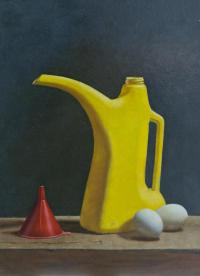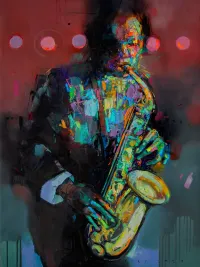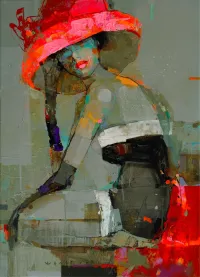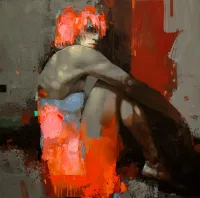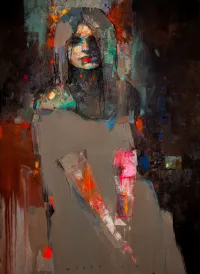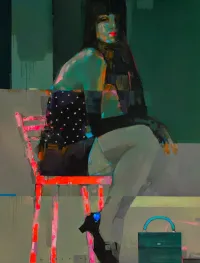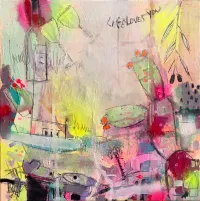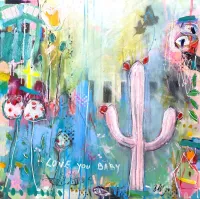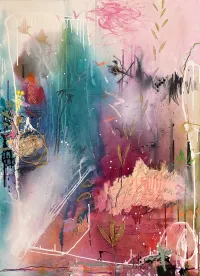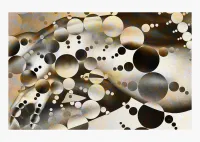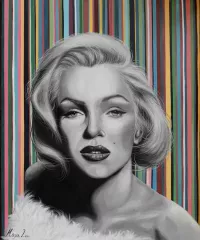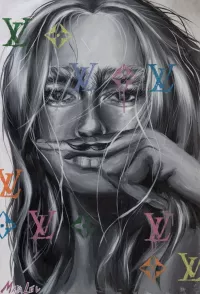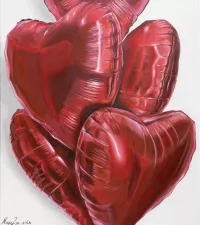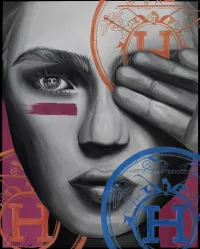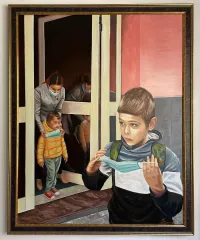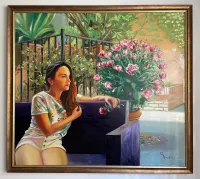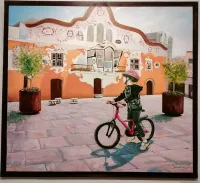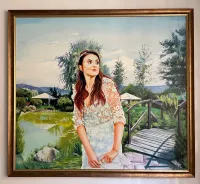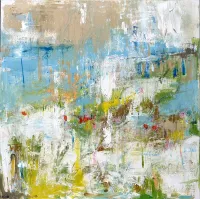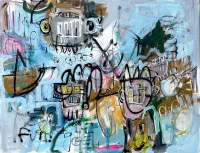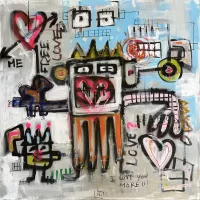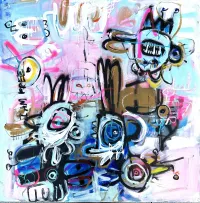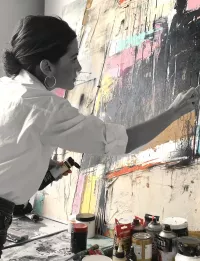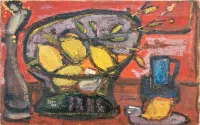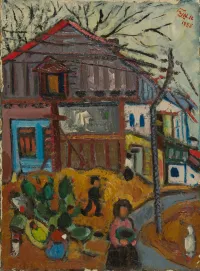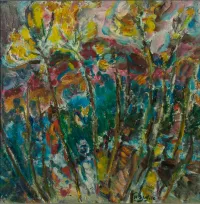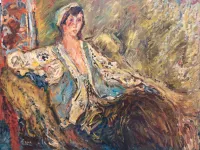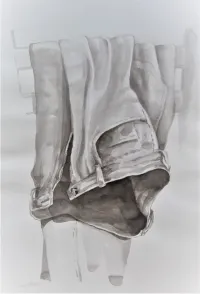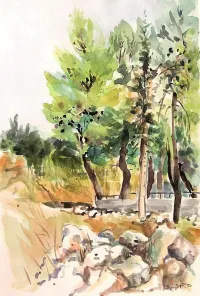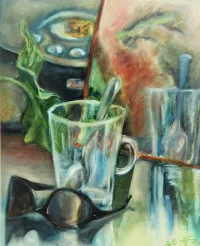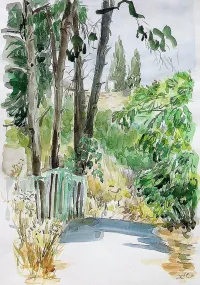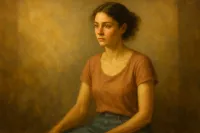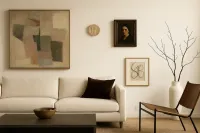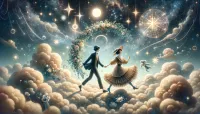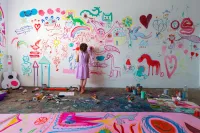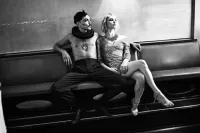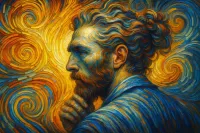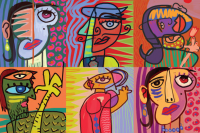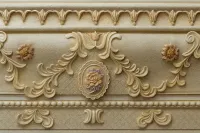The Evolution of Portraiture: From Symbolism to Renowned Artist
Unveiling the Essence of Portraits: Capturing Humanity Through Artistic Mastery
Published:
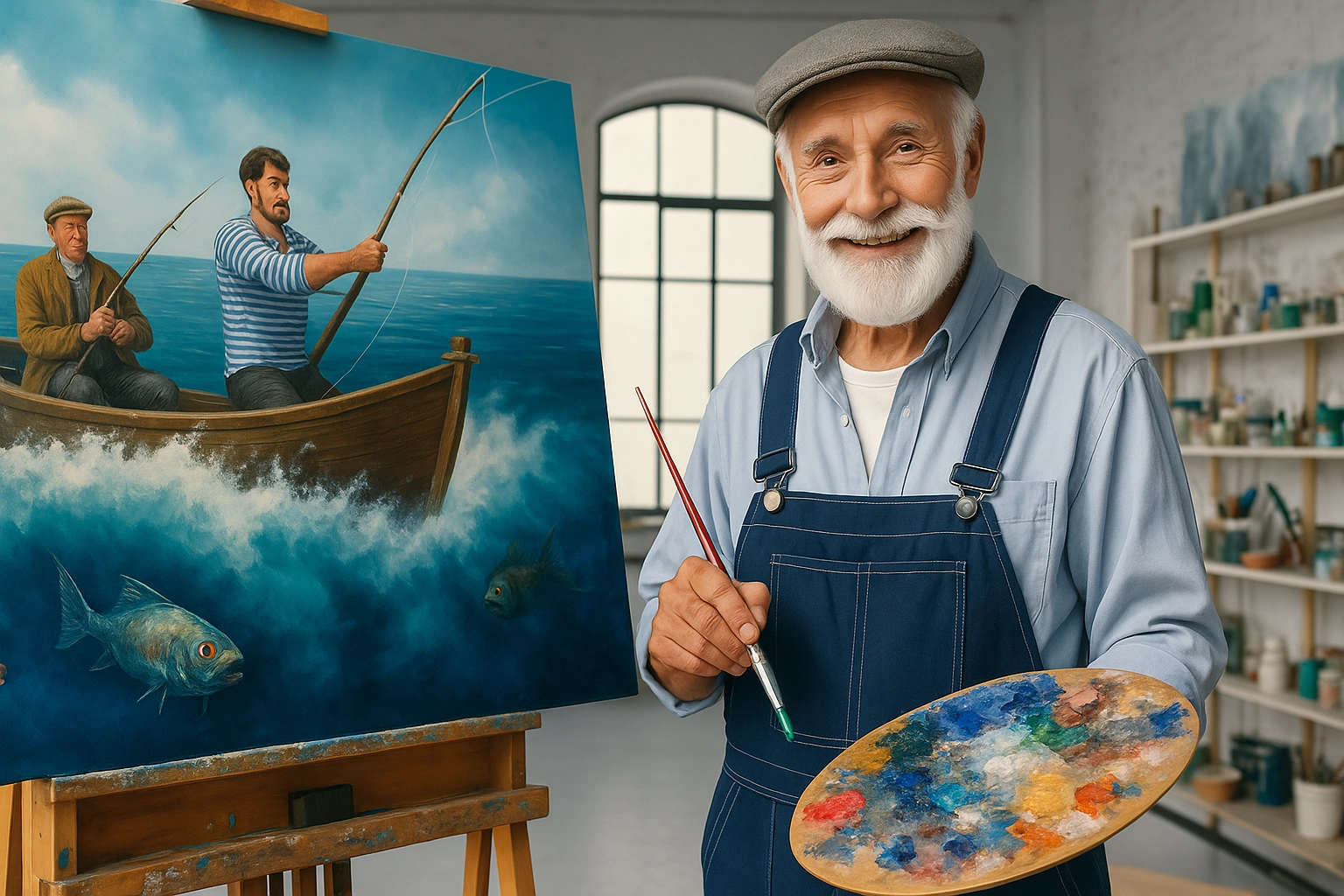 The Evolution of Portraiture: From Symbolism to Renowned Artist
The Evolution of Portraiture: From Symbolism to Renowned Artist
Unveiling the Essence of Portraits: Capturing Humanity Through Artistic Mastery
Unveiling the Essence of Portraits
A portrait is a visual depiction of a person that aims to capture their essence and character. More than just replicating physical features, great portraits reflect a subject's emotions, experiences, and inner persona. The artist closely observes and connects empathetically with the sitter to translate their soul into the artwork.
Portraits hold high emotional and historical significance. Beyond aesthetic appeal, they represent people, relationships, and events that shaped the world. Royal portraits embodied sovereignty in medieval times while modern portraits symbolize pivotal figures. They provide a window into the lives of both the subject and era, making them valuable cultural artifacts.
The Skill and Soul of Portrait Painters
The craft of portrait painting demands a fusion of technical prowess and emotional acuity, transcending mere brush strokes to encapsulate the essence of individuals. A portraitist's journey involves mastering the intricacies of anatomy, color theory, and brush techniques, but equally crucial is their intuitive grasp of human emotions. Beyond technical skills, these artists engage intimately with their subjects, patiently observing and interpreting subtle expressions that encapsulate the subject's inner essence, fostering profound connections that manifest in insightful and deeply resonant compositions.
An artist's unique stylistic elements become their signature, defining their work amidst evolving techniques and changing artistic landscapes. Despite the evolution in artistic movements, from Realism to Modernism, the timeless pursuit of capturing our shared humanity remains intrinsic to portraiture. As an art form, portraiture continues to serve as a poignant collaboration between the painter and the sitter, transcending mere depiction to reveal profound insights into the human condition. The portrait thus stands as a testament to the artist's ability to capture not just physical likeness but the emotional and psychological depths of the subject, creating enduring connections that resonate across time and movements.
Masters of the Craft: Famous Portrait Artists
Throughout history, iconic artists have left an indelible mark on the art of portraiture, shaping its evolution across diverse eras and cultures. Leonardo da Vinci's iconic masterpiece, the Mona Lisa, stands as a testament to enigmatic beauty, transforming perceptions of portraiture in the 16th century. Da Vinci's portrayal of the sphinx-like lady continues to captivate audiences, showcasing his mastery of capturing mystique and depth within a portrait.
In the Baroque era, Dutch artist Rembrandt revolutionized portraiture by infusing his works with raw and intense emotions. His portraits, characterized by dramatic contrasts and masterful use of light and shadow, conveyed profound human emotions, creating compelling and evocative compositions that transcend time.
Moving into the 20th century, Andy Warhol redefined portraiture with his pioneering Pop Art movement, offering a modern and graphic portrayal of celebrities such as Marilyn Monroe. Warhol's vibrant and iconic renditions brought a new dimension to the perception of portraiture, merging art with popular culture.
Portraiture Across Cultures
While some elements like poses and mediums vary, core portrait values persist across cultures. Historical Indian miniatures emphasized ornate embellishments around central stillness similar to monastery-created Fayum mummy portraits during Roman rule in Egypt. Both intuitively reflect inner calm.
In China, portraiture initially indicated social standing but evolved into insightful snapshots like artist Cai Guo-Qiang’s contemporary works exploring political complexities through cultural imagery fused with Gunpowder drawings. Portraits hence become visual chroniclers of history.
The Future of Portraits in a Digital Age
As photography gains precedence for factual representations today, the painted portrait underscores emotional symbolism. But periodical shifts in values keep redefining borders. Digital art now allows endless permutations using mixed media while Augmented Reality may perhaps eventually manifest virtual portraits.
Still, at their core, portraits translate human experience, preserving legacies. As long as people seek meaningful self-expression at milestone events, cultural movements, or even daily moments, the portrait shall endure as a pivotal artistic genre-spanning everything from decorative to avant-garde.


